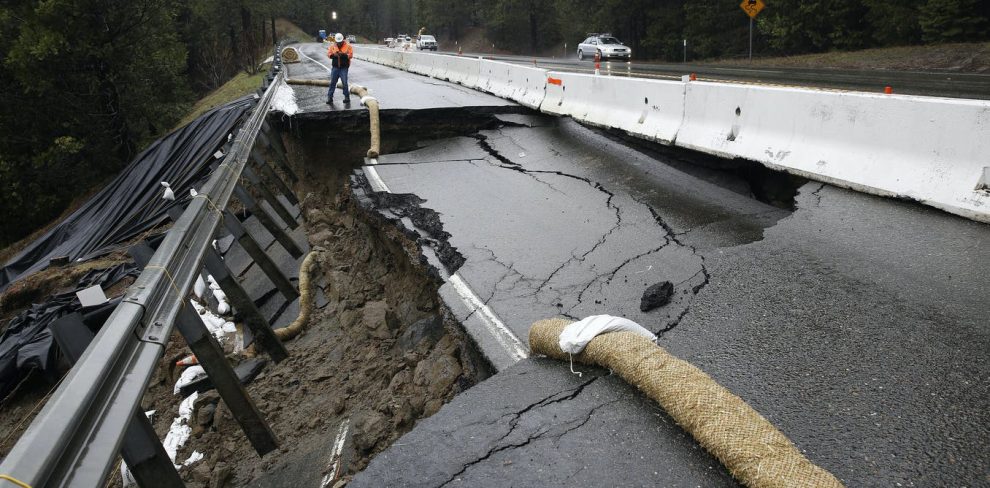The bipartisan U.S. infrastructure bill would add $256 billion to the federal budget deficit over a decade, the Congressional Budget Office said Thursday, differing from lawmakers’ contention that the spending would be fully paid for by a smorgasbord of funding measures.
The CBO’s release of its so-called score of the $550 billion infrastructure bill is a much-anticipated milestone as senators seek to advance the legislation ahead of Congress’s August recess.
The infrastructure spending forms a key part of President Joe Biden’s economic policy and is expected to be followed by a $3.5 trillion, Democrats-only economic package that includes climate and health care initiatives.
The nonpartisan arm of the legislature estimated that the revenue provisions in the bill would generate close to $50 billion in funds over the decade through 2031.
The CBO’s scoring could cost some support among Republicans opposing deficit spending, although it isn’t expected to lose enough votes to bring down the bill. Senators have been anticipating that the CBO would not give them credit for perhaps as much as half of their so-called pay-fors.
For example, the bipartisan group said their plan would redirect $53 billion in savings from governors who had nixed supplemental $300-a-week unemployment benefits early. The CBO said that it had already included those savings in its budget baseline, so they weren’t included in the infrastructure bill’s score.
The lawmakers also had argued the infrastructure plan would yield substantial revenue by boosting the economy, but the CBO said it did not estimate the macroeconomic impact of the package.
Negotiators have said that, in their own minds, they feel the package is paid for, even if CBO won’t give them full credit.
A summary of the infrastructure legislation from the office of Democratic Sen. Kyrsten Sinema of Arizona — who led negotiations along with Republican Sen. Rob Portman of Ohio — showed an assumption of about $210 billion in funding from leftover COVID-19 relief funds. It also saw $56 billion in economic growth from a 33% return on investment in long-term projects.
Story cited here.
























